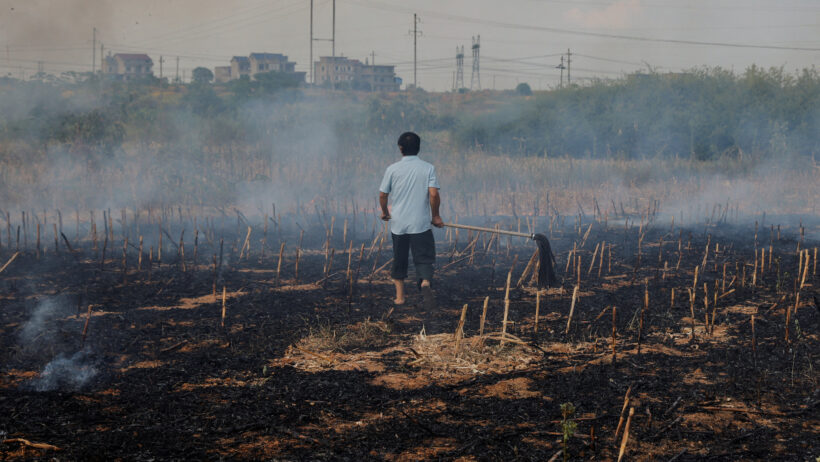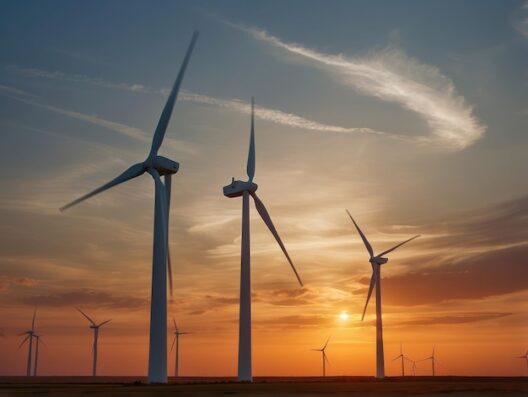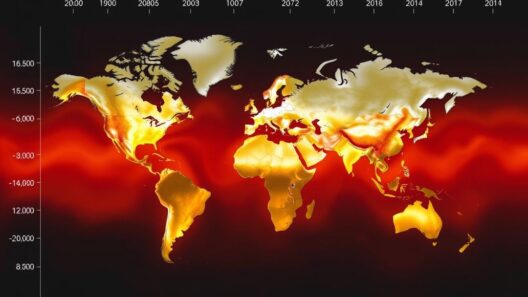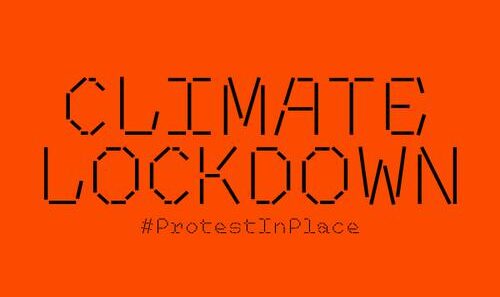Droughts, characterized by prolonged periods of below-average precipitation, pose a growing threat to ecosystems, agriculture, and human populations globally. The nexus between climate change and the increasing frequency and intensity of drought conditions has become a focal point of environmental research and activism. Understanding why droughts occur in the context of climate change requires a multifaceted exploration of atmospheric dynamics, hydrological cycles, and anthropogenic influences.
At the core of the phenomenon lies the fundamental alteration of Earth’s climate systems due to increased greenhouse gas emissions. The combustion of fossil fuels, deforestation, and industrial processes have led to an unprecedented accumulation of carbon dioxide and other greenhouse gases in the atmosphere. This augmentation enhances the greenhouse effect, ultimately elevating global temperatures. As temperatures rise, the capacity of the atmosphere to hold moisture increases, leading to a more intense evaporation from water bodies and soil surfaces.
Elevated atmospheric temperatures result in changes to precipitation patterns. Regions that were once reliably wet may experience diminished rainfall, while typically dry areas could become even drier. The phenomenon known as “precipitation variability” becomes pronounced; areas may experience extreme weather—ranging from torrential downpours to severe droughts—in short timeframes. This is particularly evident in mid-latitude regions, where the jet stream becomes more erratic and can lead to prolonged drought cycles. As the polar regions warm more rapidly than tropics, the jet stream’s behavior becomes increasingly tumultuous, fracturing the typical weather patterns and contributing to drought formation.
Another critical factor is the alteration of natural water cycles. Climate change disrupts the balance of the hydrological cycle, where water evaporates, precipitates, and flows through ecosystems. For instance, snowpacks that traditionally accumulate in cold months melt too early due to warmer winters, resulting in less water available during the critical growing seasons in spring and summer. This disruption directly affects agriculture, especially in regions heavily reliant on snowmelt for irrigation.
Moreover, land-use changes exacerbate the vulnerability to drought. Urbanization and agriculture can impede the natural absorption of water by soils. Urban areas produce impervious surfaces that lead to water runoff rather than absorption, decreasing groundwater replenishment. Similarly, intensive agricultural practices, including monoculture and the use of chemical fertilizers, deplete soil health and reduce its ability to retain moisture, thereby increasing drought susceptibility. The practice of groundwater extraction further compounds these issues, as it leads to depletion of aquifers faster than they can naturally recharge.
The socio-economic implications of droughts linked to climate change are substantial. Prolonged drought conditions lead to water scarcity, impacting both urban and rural communities. Agriculture, as the primary consumer of freshwater globally, faces significant challenges in ensuring food security. Crop yields diminish during droughts, leading to increased food prices and exacerbating socioeconomic inequalities. Vulnerable populations, particularly in developing nations, face the brunt of these impacts, resulting in migration, food insecurity, and health crises.
Adaptation and mitigation strategies are essential to counter the devastating consequences of droughts induced by climate change. Individuals, communities, and governments must collaborate to enforce sustainable land management practices. Soil restoration initiatives are imperative to enhance the water-retaining capabilities of soils. Techniques such as agroforestry and cover cropping can help rehabilitate degraded land, allowing for better water absorption and reduced runoff.
Water conservation practices must be prioritized across various sectors. Implementing efficient irrigation techniques like drip irrigation and rainwater harvesting can optimize water use in agriculture. Urban areas need to adopt green infrastructure—such as rain gardens, permeable pavements, and green roofs—to enhance water infiltration and reduce runoff. These measures not only mitigate drought impacts but also promote resilience against future climate variability.
On a broader level, systemic changes are required to address the root causes of climate change. Transitioning to renewable energy sources is crucial in reducing greenhouse gas emissions. Governments and policymakers must invest in clean energy technology, promote energy efficiency, and commit to international climate agreements aimed at reducing carbon footprints. Public awareness campaigns can engage communities and encourage sustainable practices that contribute to a healthier climate.
Continued research is vital to deepen our understanding of the complex interrelations between climate change and drought. Climate models should be refined to improve predictions regarding drought frequency and intensity, allowing better preparedness. Monitoring systems can provide real-time data on soil moisture and atmospheric conditions to aid decision-making in agriculture and resource management.
In conclusion, the growing incidence of droughts directly linked to climate change signals a pressing global challenge. By comprehensively understanding the mechanisms driving these changes, societies can formulate informed responses, ensuring resilience and sustainability. Through collaboration, innovation, and commitment, it is possible to mitigate the impacts of droughts and safeguard our planet’s future.








